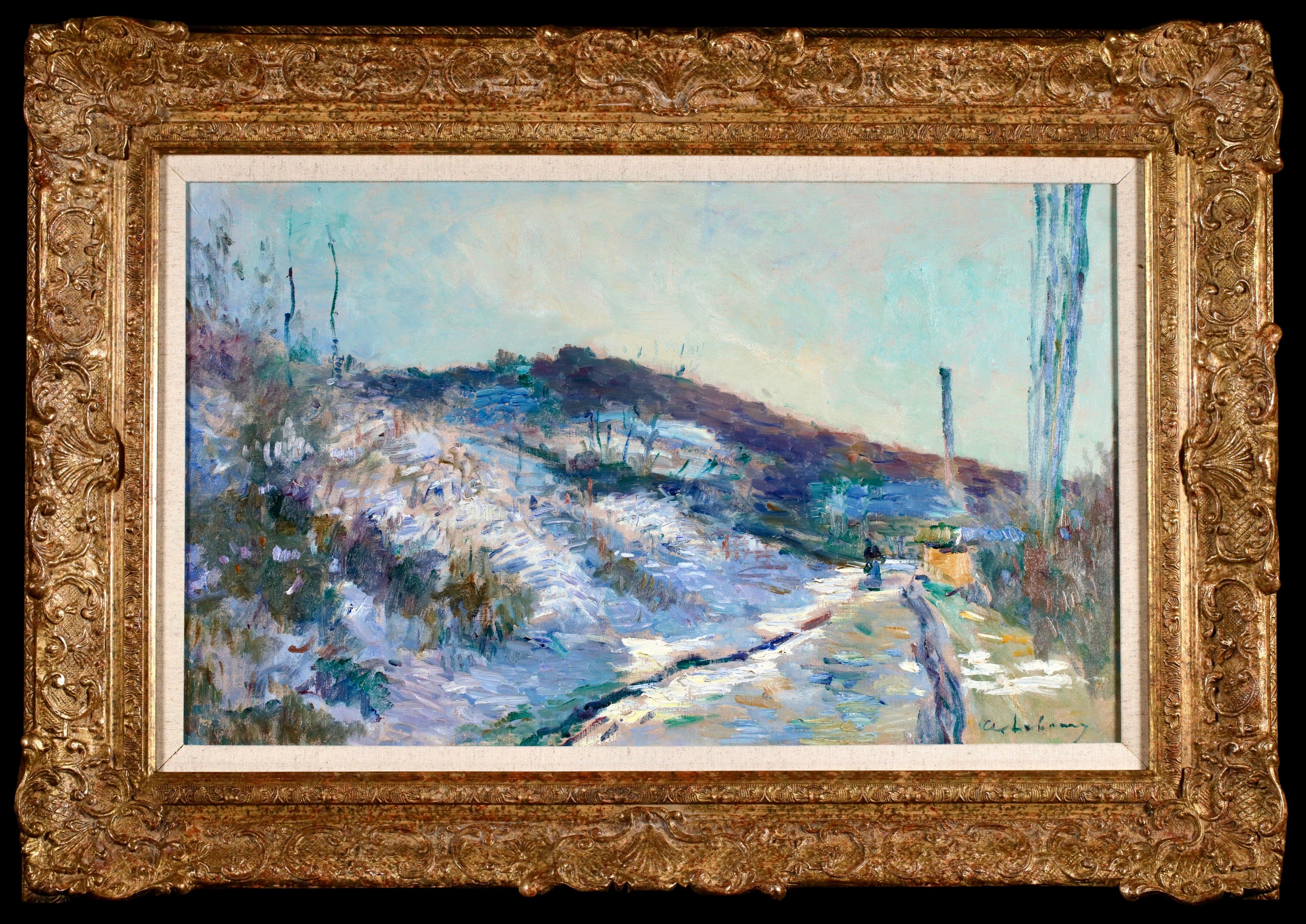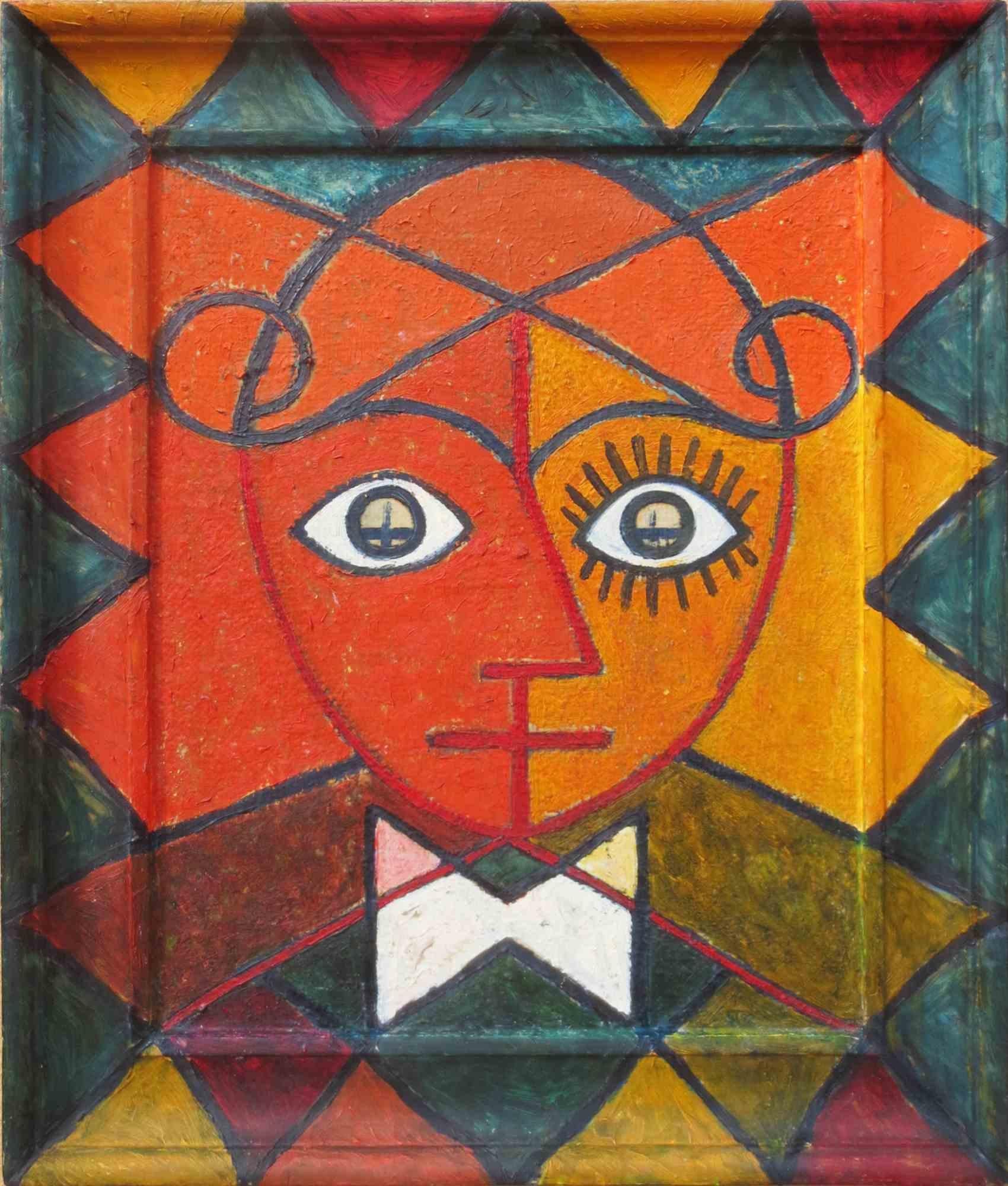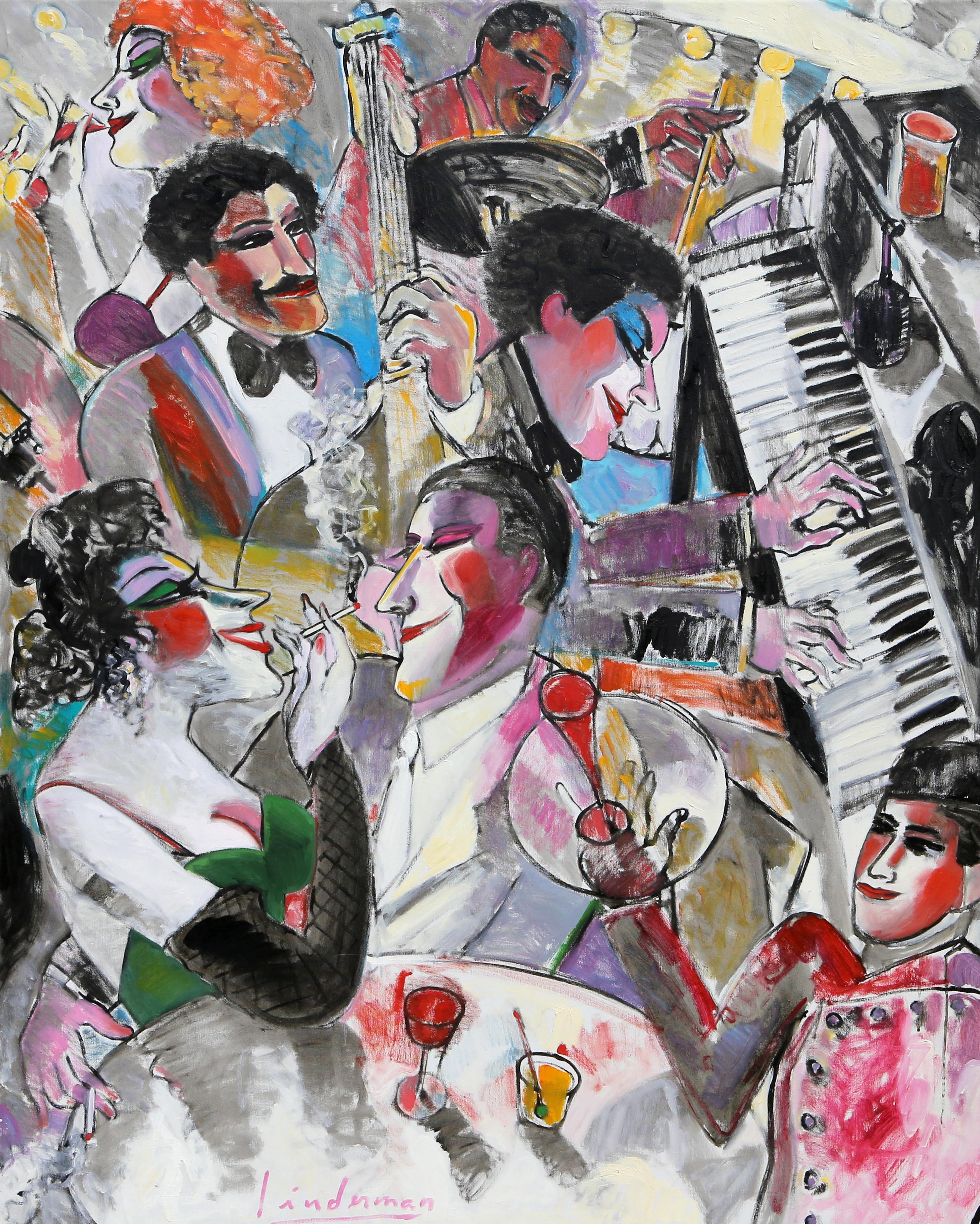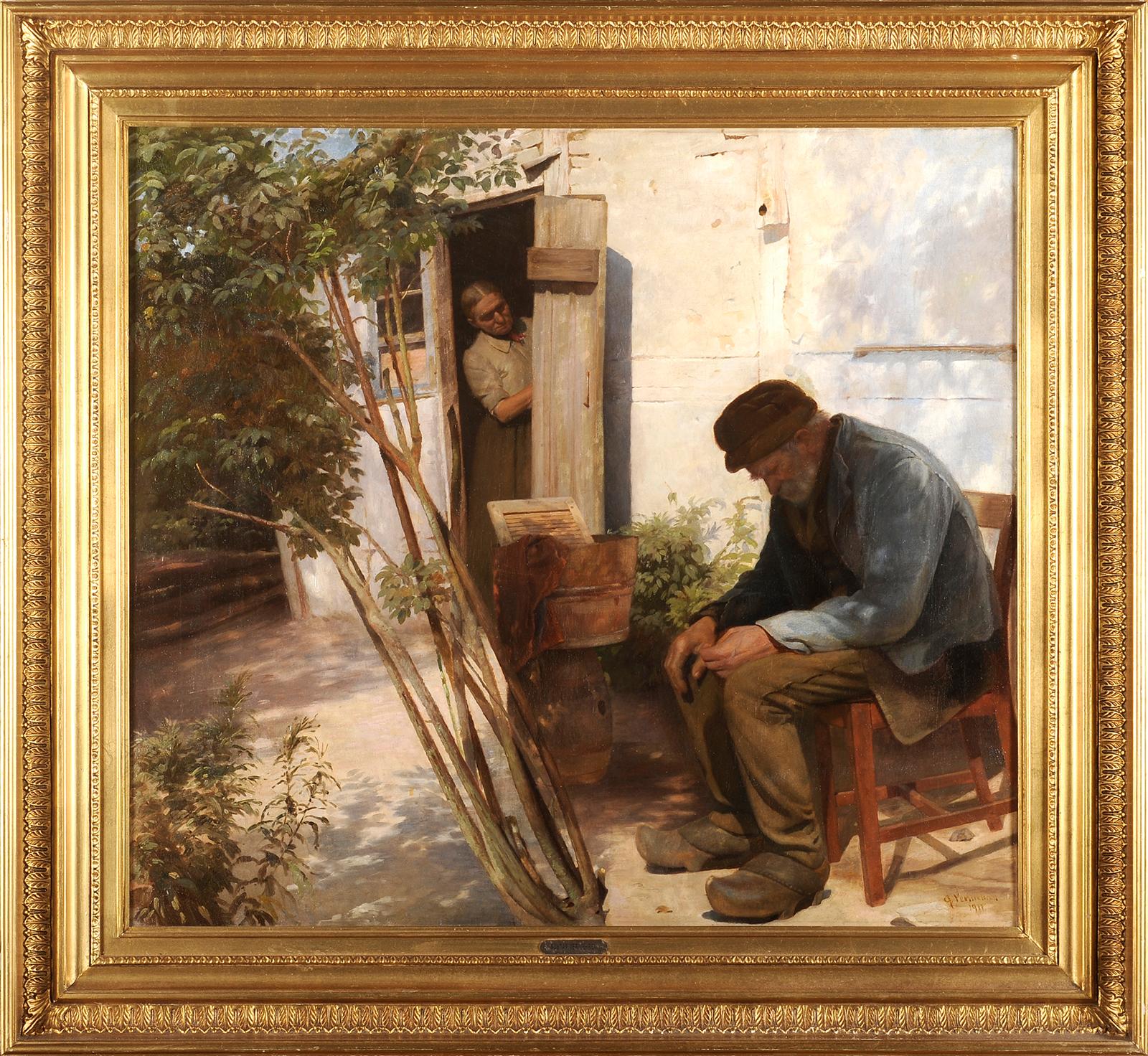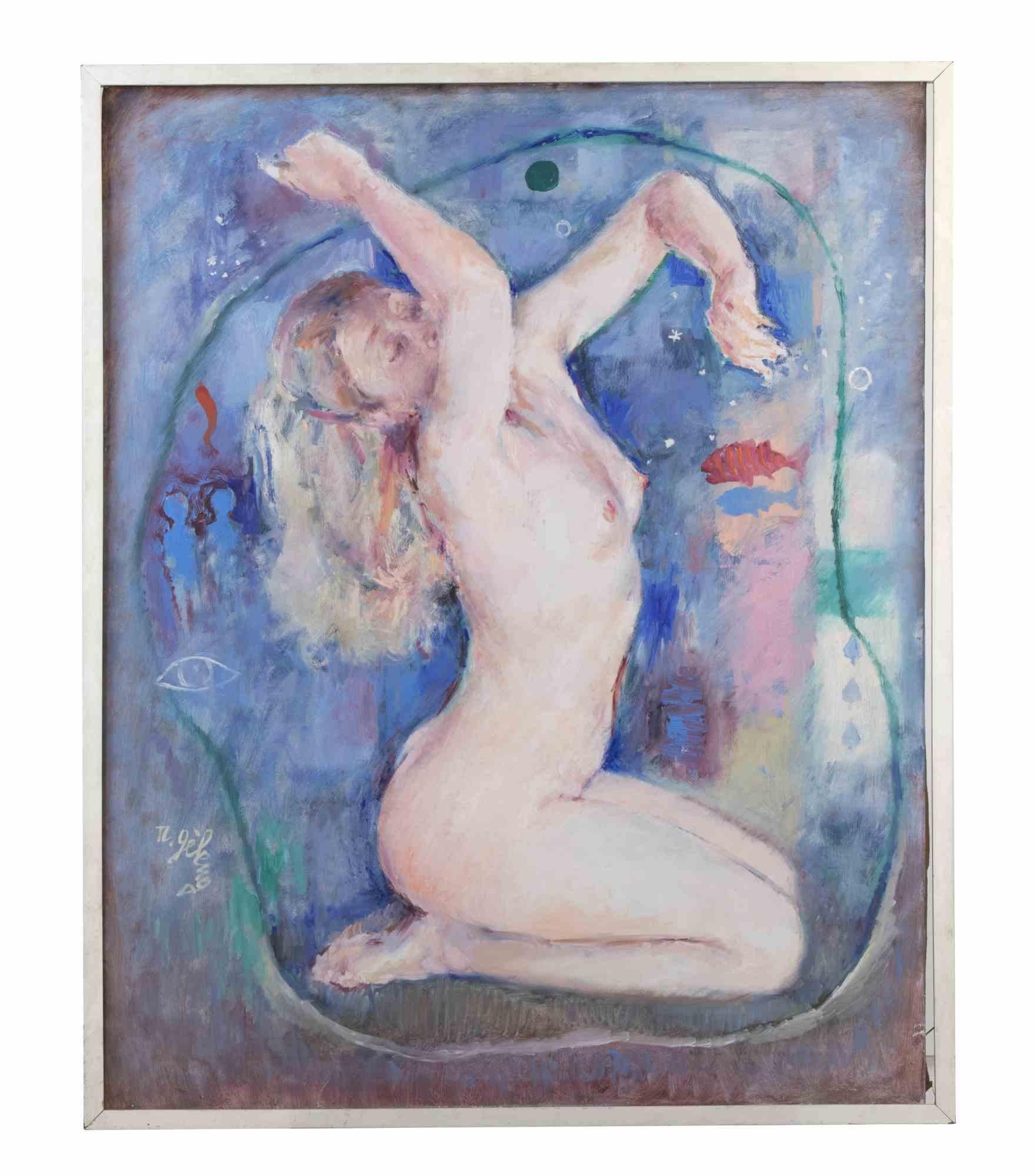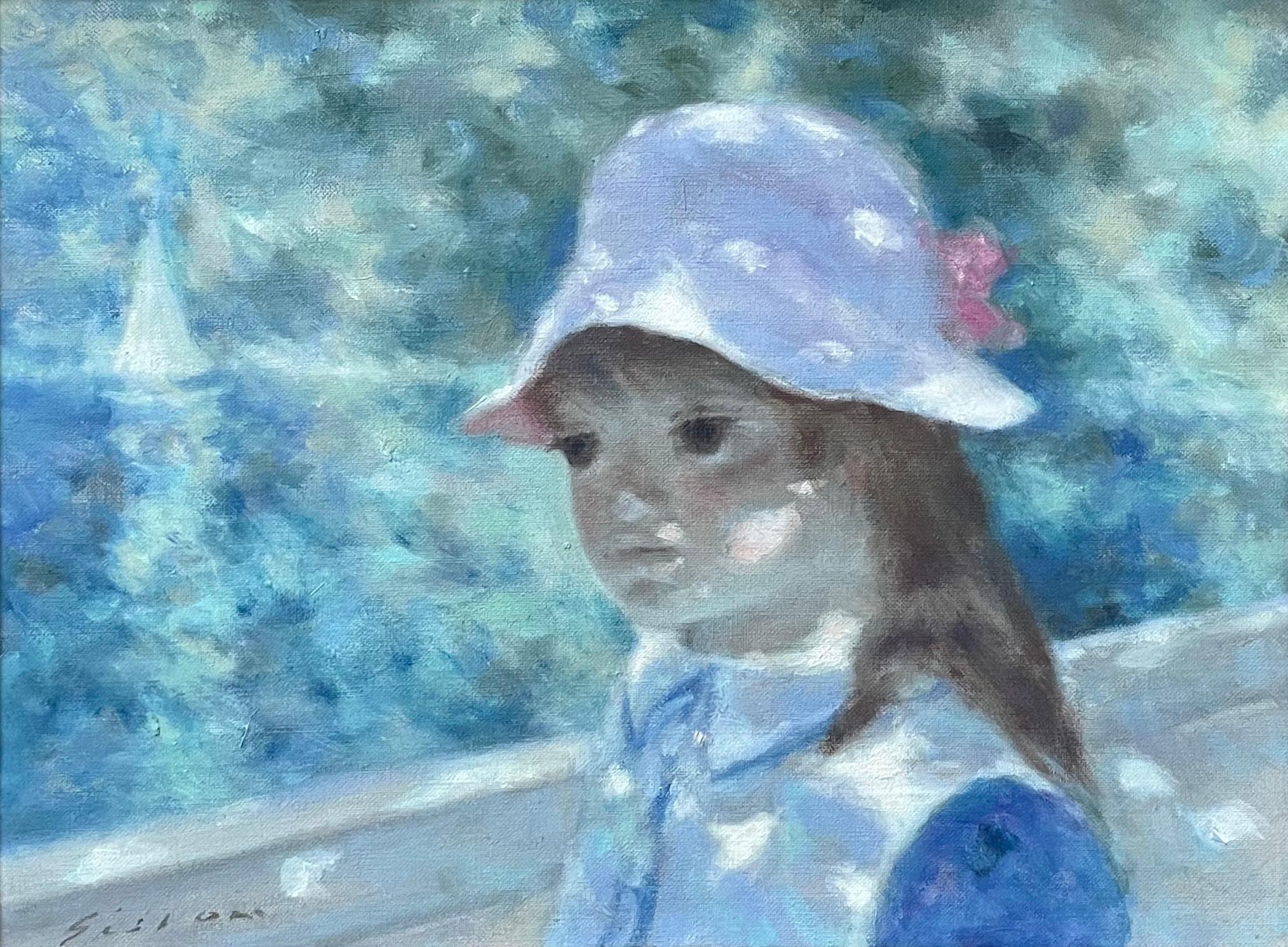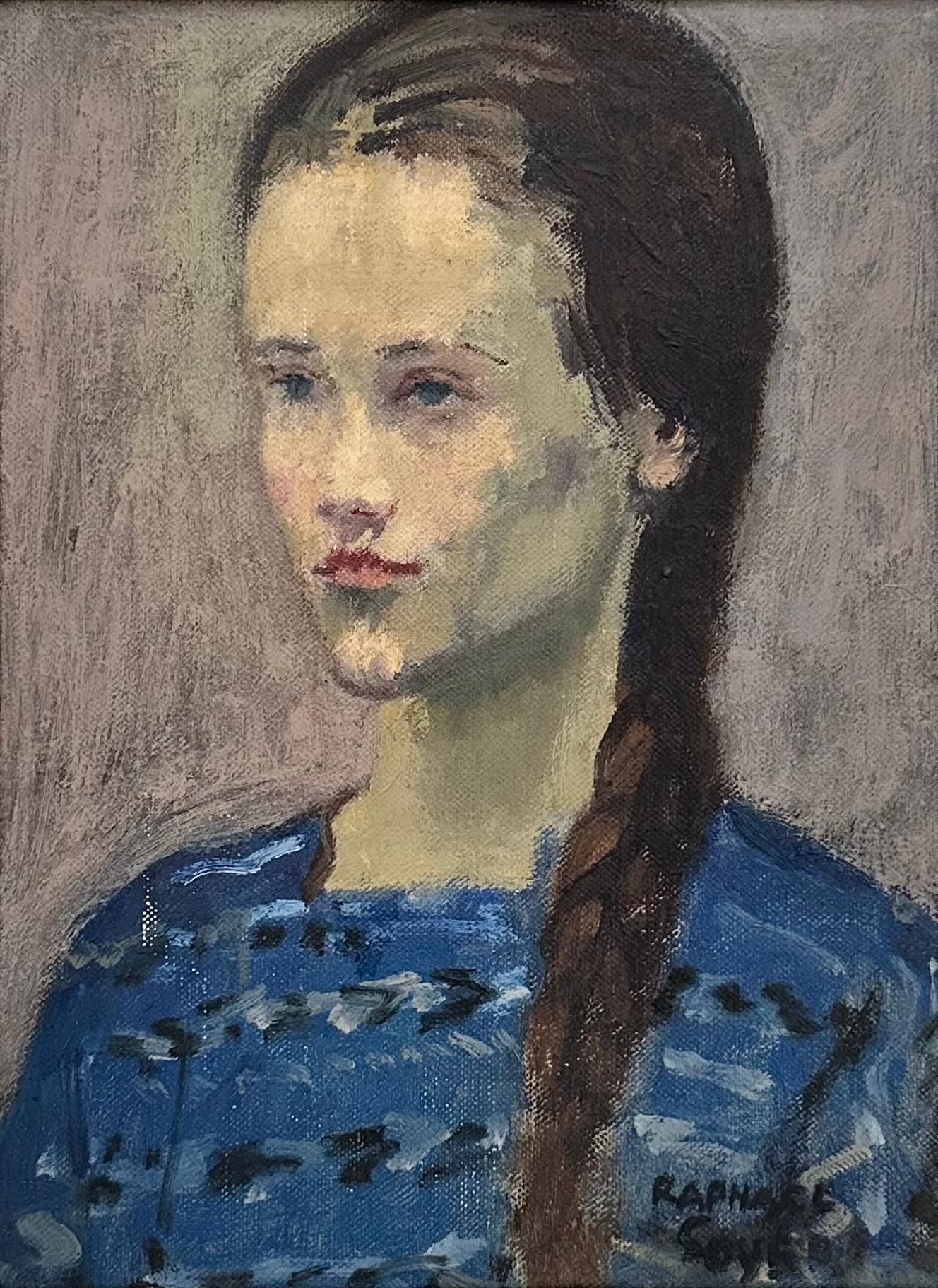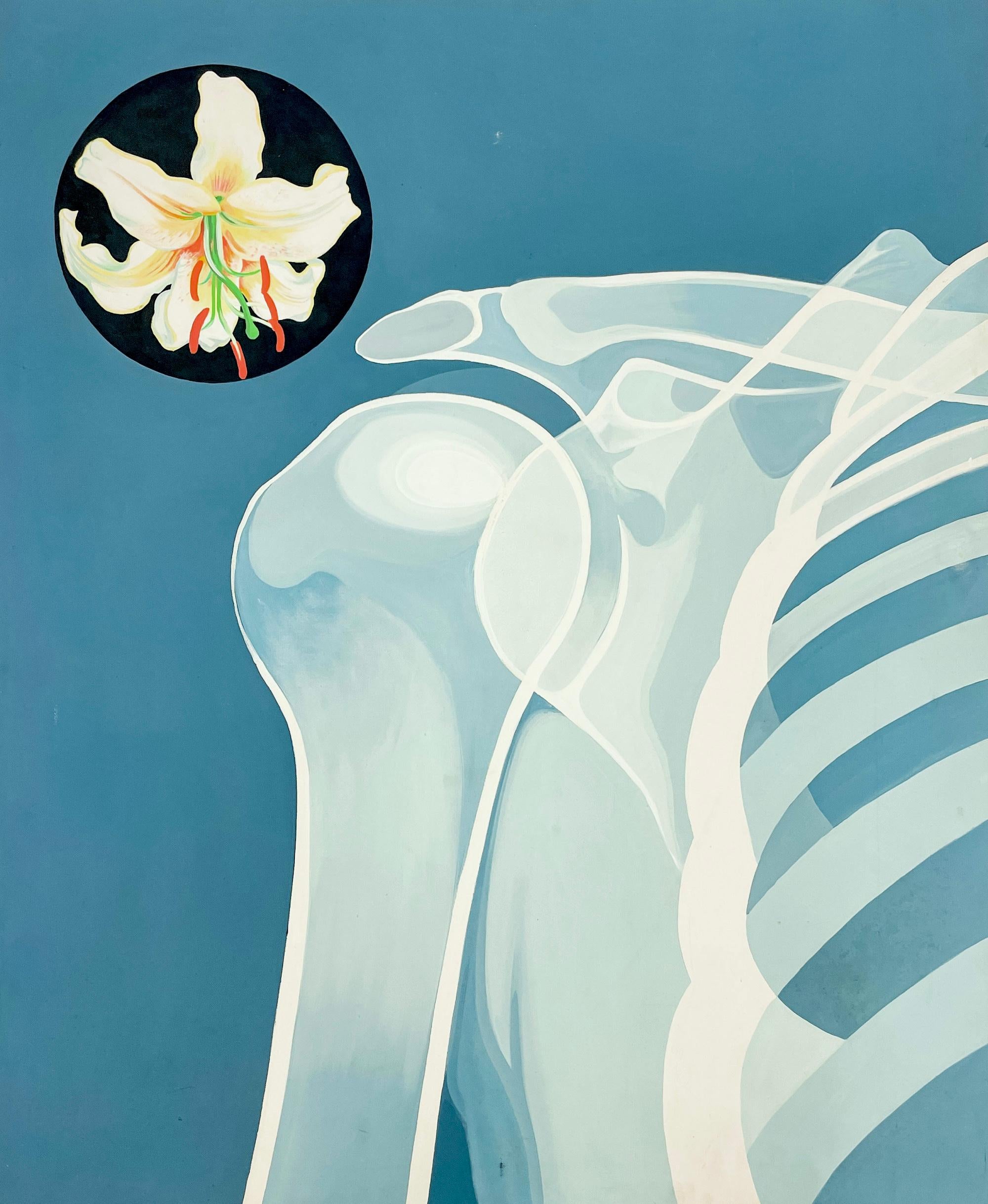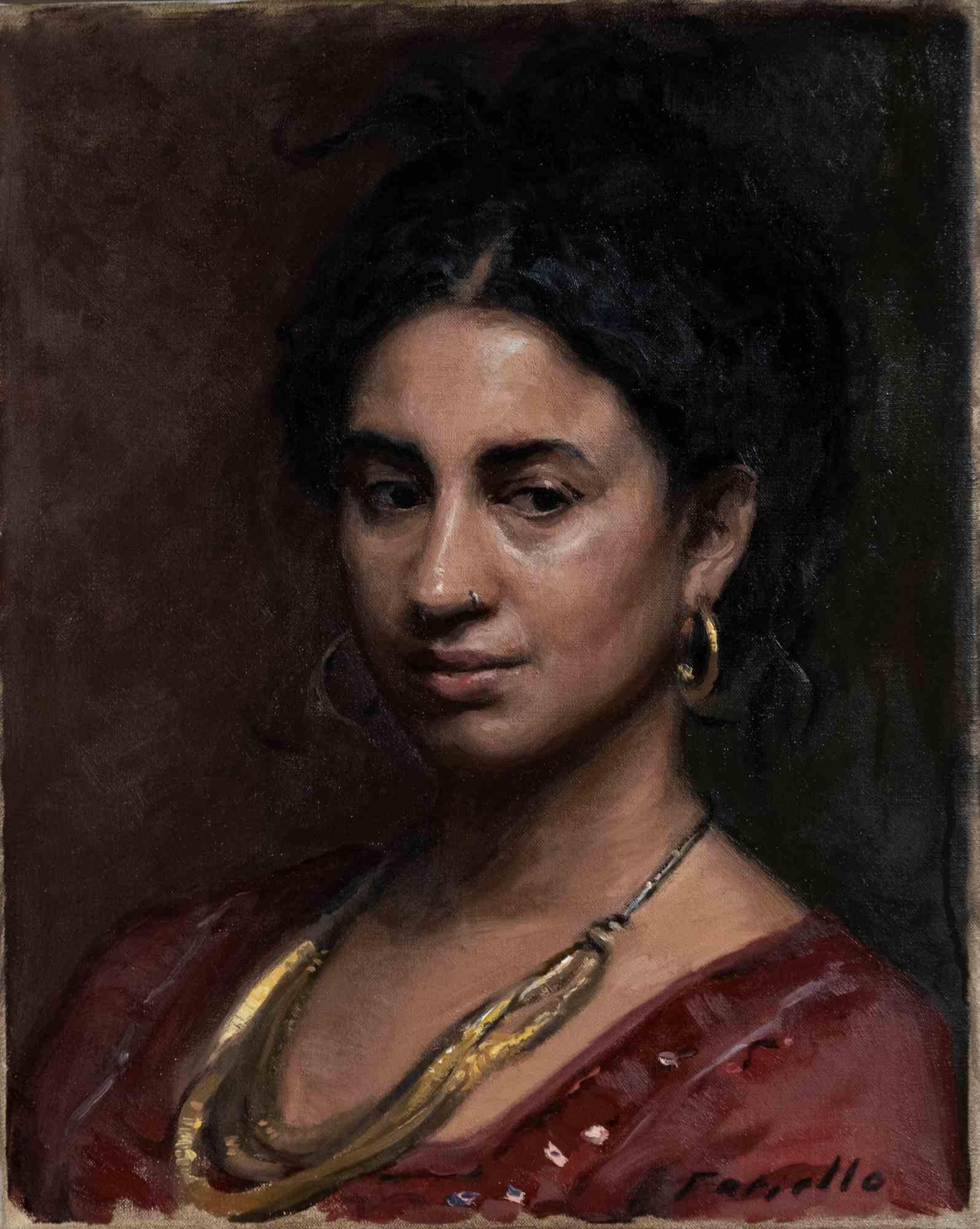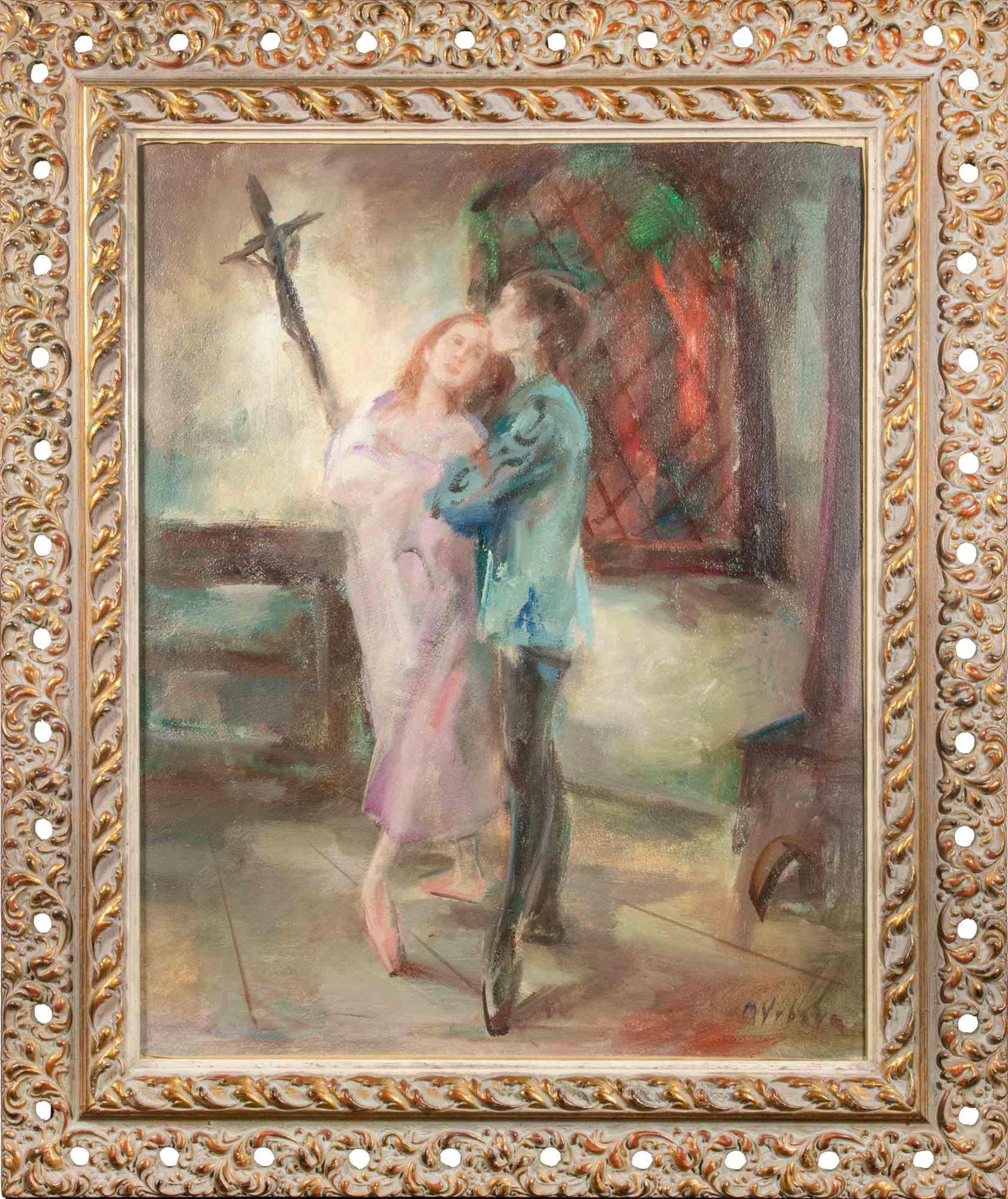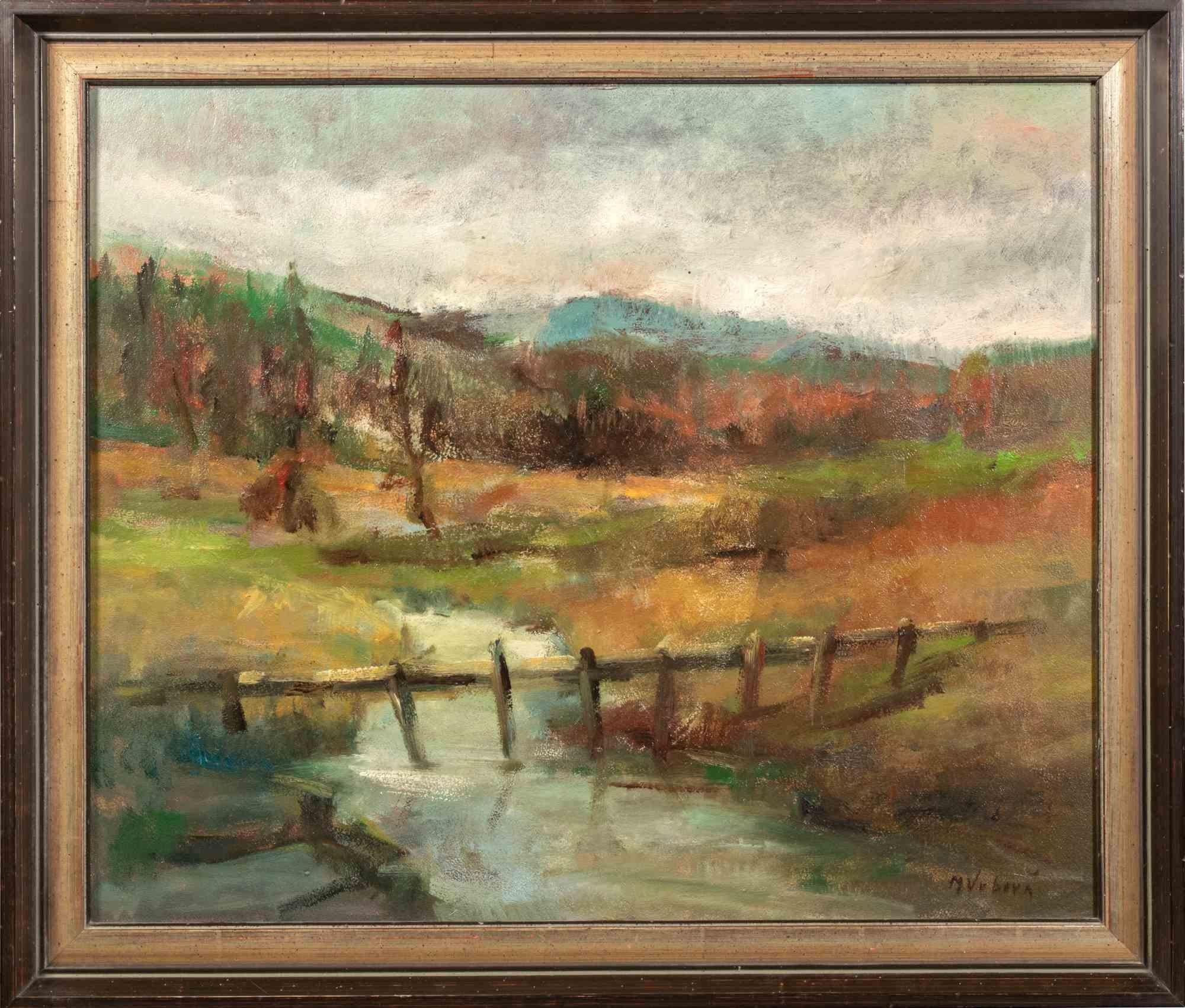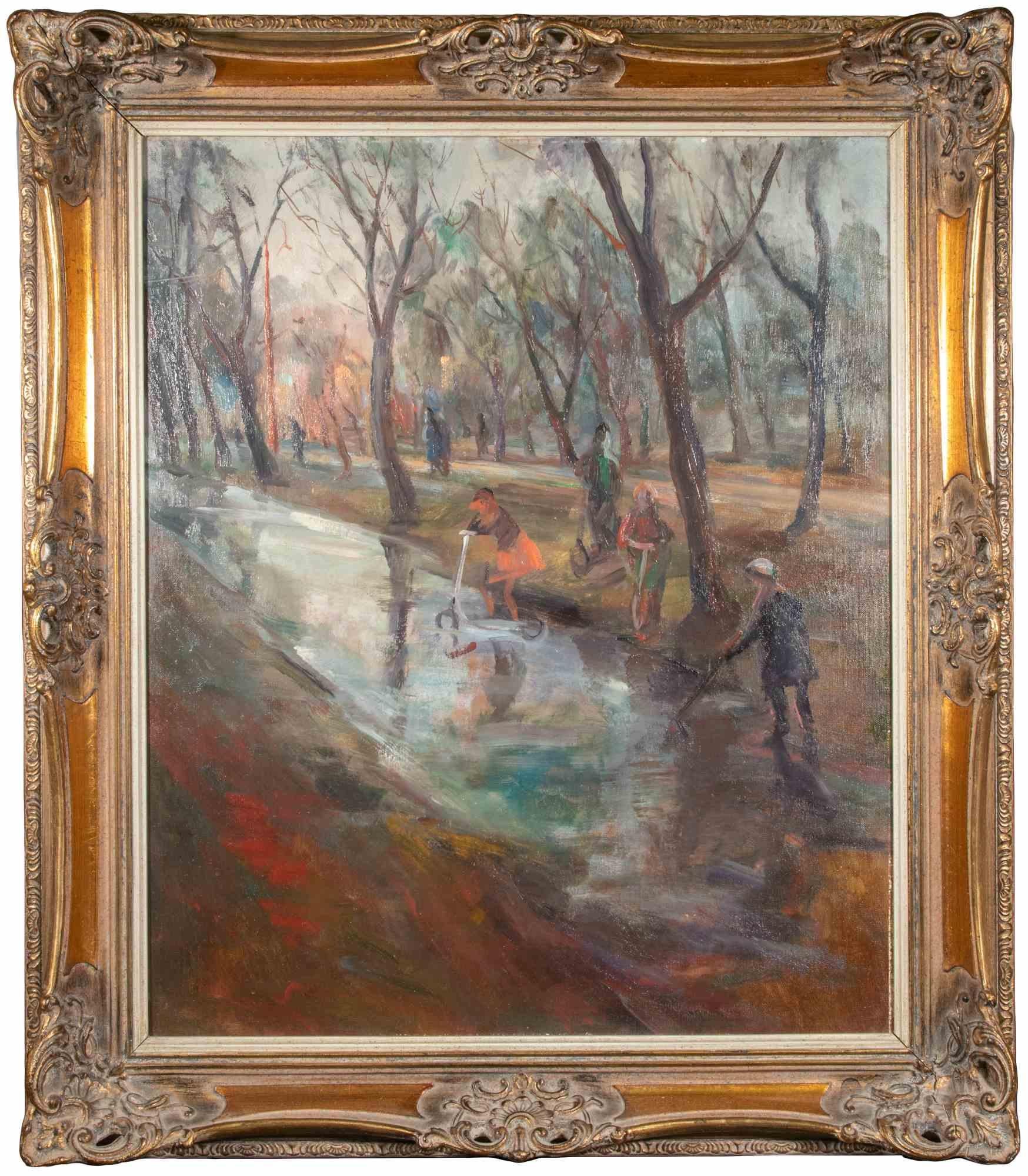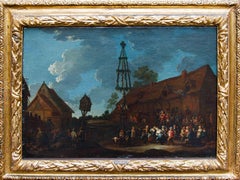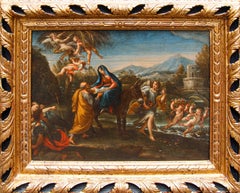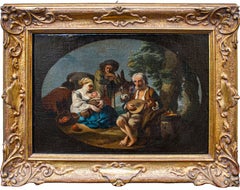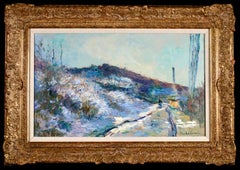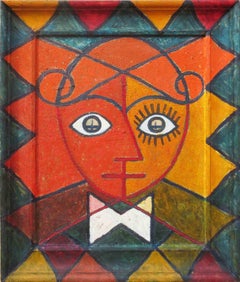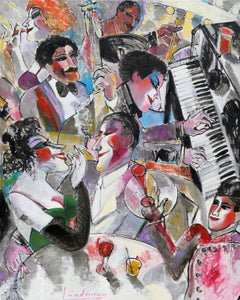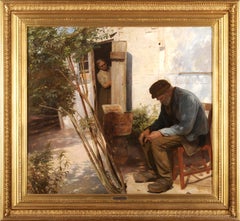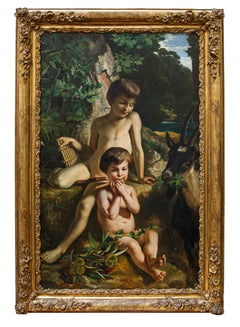
Francesco Gandolfi, Pastoral Idyll
Want more images or videos?
Request additional images or videos from the seller
1 of 14
Francesco GandolfiFrancesco Gandolfi, Pastoral Idyll1855
1855
$18,424.47List Price
About the Item
- Creator:Francesco Gandolfi (1824 - 1873, Italian)
- Creation Year:1855
- Dimensions:Height: 52.76 in (134 cm)Width: 33.08 in (84 cm)
- More Editions & Sizes:138x94 cmPrice: $18,424
- Medium:
- Period:
- Condition:
- Gallery Location:Milan, IT
- Reference Number:1stDibs: LU2639215520352
About the Seller
No Reviews Yet
Vetted Professional Seller
Every seller passes strict standards for authenticity and reliability
1stDibs seller since 2023
Authenticity Guarantee
In the unlikely event there’s an issue with an item’s authenticity, contact us within 1 year for a full refund. DetailsMoney-Back Guarantee
If your item is not as described, is damaged in transit, or does not arrive, contact us within 7 days for a full refund. Details24-Hour Cancellation
You have a 24-hour grace period in which to reconsider your purchase, with no questions asked.Vetted Professional Sellers
Our world-class sellers must adhere to strict standards for service and quality, maintaining the integrity of our listings.Price-Match Guarantee
If you find that a seller listed the same item for a lower price elsewhere, we’ll match it.Trusted Global Delivery
Our best-in-class carrier network provides specialized shipping options worldwide, including custom delivery.More From This Seller
View AllPseudo Vitali, Nature Living Couple with Animals
Located in Milan, IT
Pseudo-Vitali (Active in Bologna in the first half of the 18th century)
Pairs of Nature Vive with chickens, sheep, wicker basket
Oil on canvas, 80 x 170 cm
Framed, 95 x 185 cm
T...
Category
18th Century and Earlier Other Art Style Figurative Paintings
Materials
Canvas, Oil
Pieter Bout's workshop, Village Festival
By Pieter Bout
Located in Milan, IT
Workshop of Pieter Bout (Brussels, between 1640 and 1645 or 1658 - Brussels, 1719 or 1689)
Village party
Oil on canvas, 59 x 80 cm
With frame 83 x 101 cm
This painting, most like...
Category
18th Century Other Art Style Figurative Paintings
Materials
Canvas, Oil
Stefano Pozzi (Rome, 1699 - 1768), attr., Rest from the Flight into Egypt
Located in Milan, IT
Stefano Pozzi (Rome, 1699 - 1768), attr.
Rest from the flight to Egypt
Oil on canvas, 49 x 63.5 cm
Framed, 69 x 85 cm
Category
18th Century Other Art Style Figurative Paintings
Materials
Canvas, Oil
Paolo Monaldi (Rome, 1710 - after 1779), attr. , Genre scene
Located in Milan, IT
Paolo Monaldi (Rome, 1710 - after 1779), attr.
Genre scene
Oil on canvas, 28 x 38 cm
Framed, 36.5 x 46 cm
The canvas depicts a moment of repose drawn from the rural world: the...
Category
18th Century and Earlier Other Art Style Figurative Paintings
Materials
Canvas, Oil
Ferdinando Brambilla (Milan, 1838-1921), The Nun of Monza
Located in Milan, IT
Ferdinando Brambilla (Milan, 1838-1921)
The nun of Monza
Oil on canvas, 60.5x49 cm
Signed and dated lower right "Brambilla 1868"
The painting depicts a nun caught in the intimate...
Category
19th Century Other Art Style Figurative Paintings
Materials
Canvas, Oil
Francesca Volò Smiller, known as Francesca Vincenzina, Still Life
Located in Milan, IT
Francesca Volò Smiller, known as Francesca Vincenzina (Milan, 1657-1700)
Still life with flowers, vegetables, bunches of grapes and putti
Oil on canvas, 102x150 cm
Oral communicat...
Category
17th Century Other Art Style Figurative Paintings
Materials
Canvas, Oil
You May Also Like
Le Route d'Hondouville - Post Impressionist Landscape Oil by Albert Lebourg
Located in Marlow, Buckinghamshire
Signed oil on canvas landscape circa 1890 by French post impressionist painter Albert Charles Lebourg. The work depicts a view of a road to Hondouville, a commune in nothern France, ...
Category
1890s Post-Impressionist Landscape Paintings
Materials
Canvas, Oil
Ricordo di un Bacio - Oil Paint by Salvatore Travascio - 1992
Located in Roma, IT
Ricordo di un Bacio (Memories of a Kiss) is a painting realized by the Italian artist Salvatore Travascio in 1992.
It is an oil painting on canvas, the frame is an integral part of...
Category
1990s Contemporary Figurative Paintings
Materials
Canvas, Oil
Low Down Blues, Large Colorful Modern Oil Painting by Earl Linderman
Located in Long Island City, NY
Low Down Blues
Earl Linderman, American (1931–2023)
Date: circa 1989
Oil on canvas, signed lower left and titled on verso
Size: 59.5 x 47.5 in. (151.13 x 120.65 cm)
Category
1980s Modern Figurative Paintings
Materials
Canvas, Oil
The rest
Located in BELEYMAS, FR
Gustav VERMEHREN
(Copenhagen 1863 – Copenhagen 1931)
Rest
Oil on canvas
H. 72 cm; W. 79 cm
Signed lower right and dated 1911 (twice)
Exhibition: 1963, F...
Category
1910s French School Landscape Paintings
Materials
Canvas, Oil
Nude - Oil Paint by Rinaldo Geleng - 1970s
Located in Roma, IT
Nude is a contemporary artwork realized by Rinaldo Geleng (1920-2003) in 1970s
Mixed colored oil on canvas.
Hand signed on the lower margin.
Includes frame: 124 x 104.5 cm
Category
1970s Contemporary Figurative Paintings
Materials
Canvas, Oil
Young Girl in Summer, Andre Gisson
By André Gisson
Located in Fairfield, CT
Artist: Andre Gisson (1921-2003)
Title: Young Girl in Summer
Year: circa 1973
Medium: Oil on Canvas
Size: 9 x 12 inches
Condition: Excellent
Inscription: Signed, recto
ANDRE GISSON ...
Category
1970s Impressionist Figurative Paintings
Materials
Canvas, Oil
$4,000 Sale Price
20% Off
